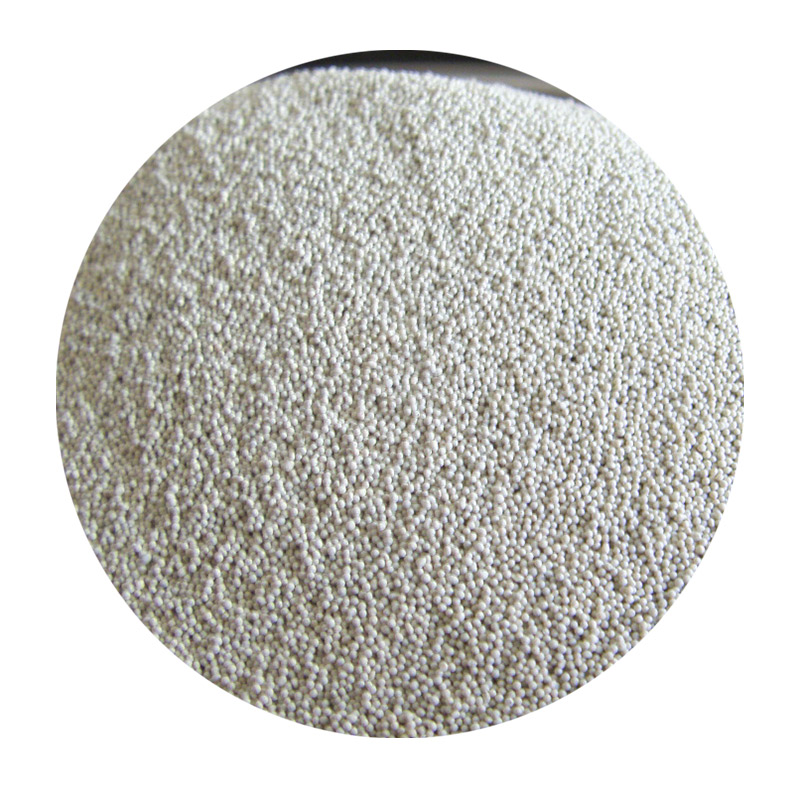What is Sand Casting in Engineering?
Sand casting, also known as sand mold casting, is one of the oldest and most widely used metal casting processes in the field of engineering and manufacturing. This versatile technique is employed to create complex metal parts, ranging from small components to large industrial machinery. Understanding the fundamentals of sand casting is essential for engineers and manufacturers alike.
The Basics of Sand Casting
At its core, sand casting involves creating a mold from sand, into which molten metal is poured to form the desired shape. The process begins with the formation of a mold cavity that mirrors the design of the component. This cavity is constructed using a mixture of sand, clay, and water, which provides the necessary binding and cohesion.
The sand is compacted around a pattern—a replica of the object to be cast. Patterns can be made from various materials, including metal, plastic, or wood, depending on the complexity and requirements of the final product. Once the pattern is removed, the resulting cavity becomes the mold used for casting.
Advantages of Sand Casting
One of the primary advantages of sand casting is its flexibility. It can be used for a variety of metals, including aluminum, bronze, iron, and magnesium, making it suitable for numerous applications across different industries. Furthermore, sand casting is capable of producing intricate designs with tight tolerances, making it an excellent choice for both simple and complex geometries.
Cost-effectiveness is another significant benefit. Sand casting does not require expensive tooling or high-tech machinery, which makes it accessible for small-scale productions and prototypes. Additionally, the materials used in sand casting are readily available and inexpensive, further reducing production costs.
The Sand Casting Process
The sand casting process typically involves several key steps
1. Pattern Making The first step is creating a pattern of the object, which is usually slightly larger than the final product to accommodate shrinkage during cooling.
2. Mold Preparation The pattern is placed in sand, which is mixed with a binding agent (typically clay) and water. The sand is packed around the pattern to form the mold.
what is sand casting in engineering

3. Mold Assembly The mold is carefully assembled, ensuring that it is securely held together. This may involve creating multiple sections, called halves, which are joined to make the complete mold.
4. Pouring the Metal Once the mold is prepared, molten metal is poured into the mold cavity. Care must be taken to avoid any defects, such as air pockets or inclusions, which can weaken the final product.
5. Cooling After the metal has been poured, it requires time to cool and solidify. The duration of cooling depends on the size and thickness of the casting.
6. Mold Removal Once cooled, the mold is broken apart to reveal the casting. This step often involves shaking out the sand from the metal piece.
7. Finishing Finally, the casting may require additional machining or finishing processes to achieve the desired surface quality and dimensions.
Applications of Sand Casting
Sand casting is prevalent in various industries, including automotive, aerospace, construction, and art. Common applications range from engine blocks and machinery parts to intricate sculptures and architectural components. Its ability to produce both high-volume and low-volume parts makes it ideal for manufacturers that require adaptability in production.
Challenges and Considerations
Despite its many advantages, sand casting also presents certain challenges. The quality of the final product can be affected by various factors, including sand quality, mold design, and pouring techniques. Additionally, achieving high precision can be complex, especially for components with detailed features.
To mitigate these challenges, engineers often use advanced technologies and techniques, such as computer-aided design (CAD) and simulation software, to optimize the design and production process. This integration of technology not only improves the quality of the castings but also reduces lead times and costs.
Conclusion
In conclusion, sand casting is a vital process in engineering and manufacturing that combines traditional techniques with modern advancements. Its ability to produce complex shapes with relative ease and at a low cost makes it a preferred choice for many industries. While challenges exist, the ongoing evolution of technologies in sand casting continues to enhance its effectiveness and application, ensuring its relevance in the ever-changing landscape of manufacturing. Understanding this process allows engineers to leverage its advantages to create innovative solutions across various domains.
Post time:அக் . 11, 2024 05:22
Next:sand casting manufacturing process
